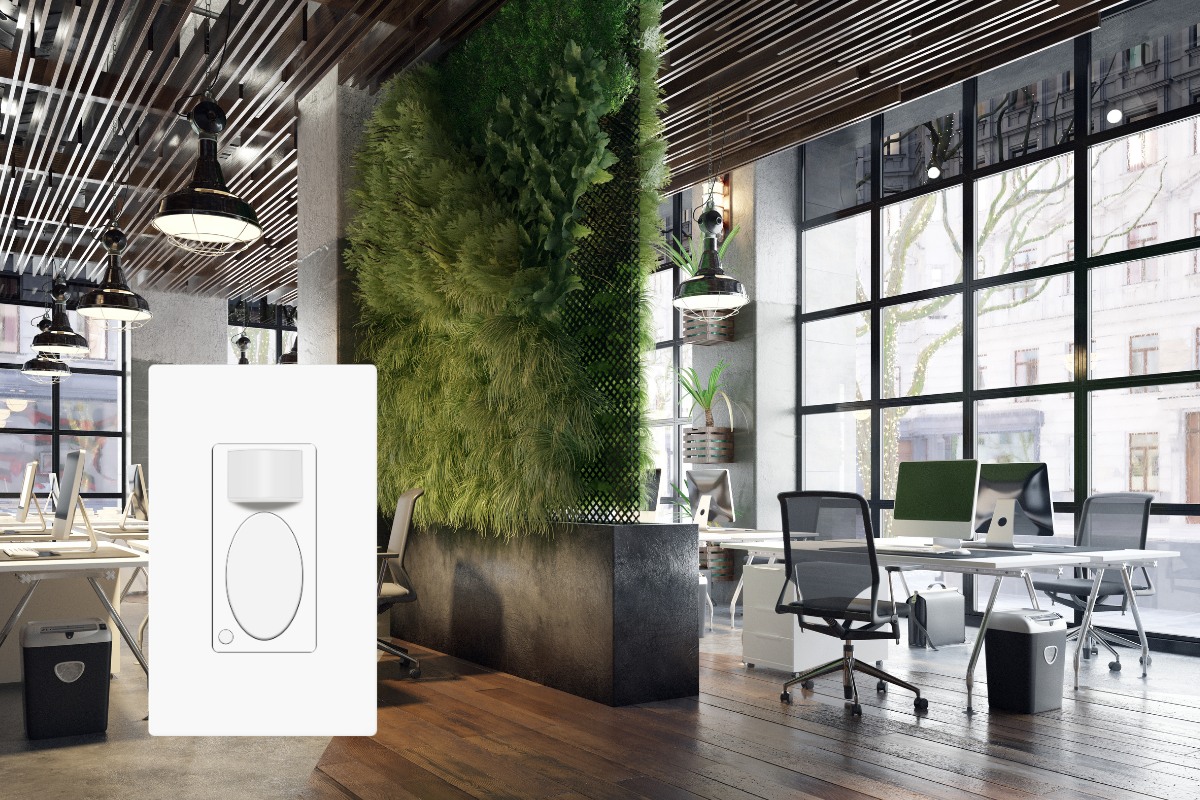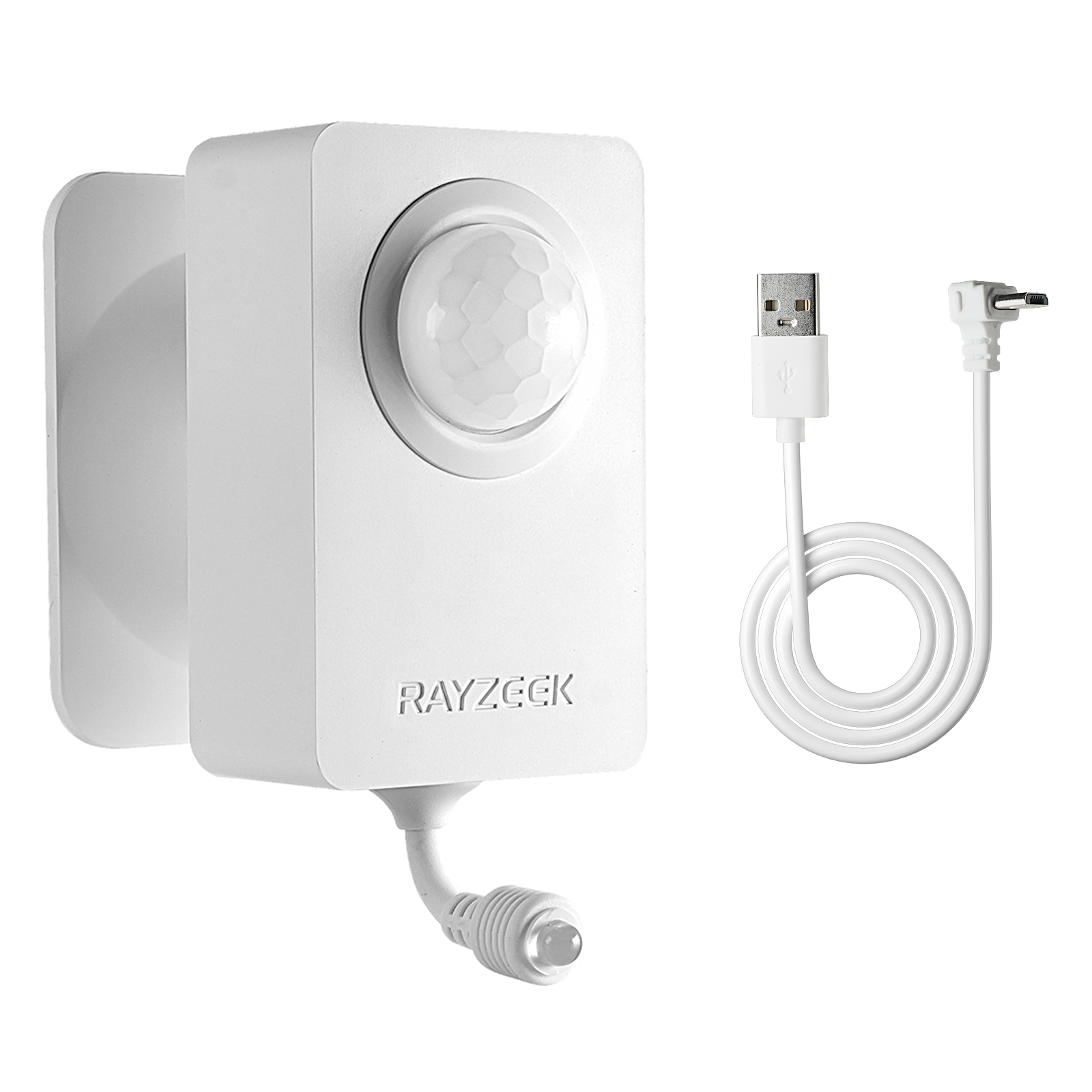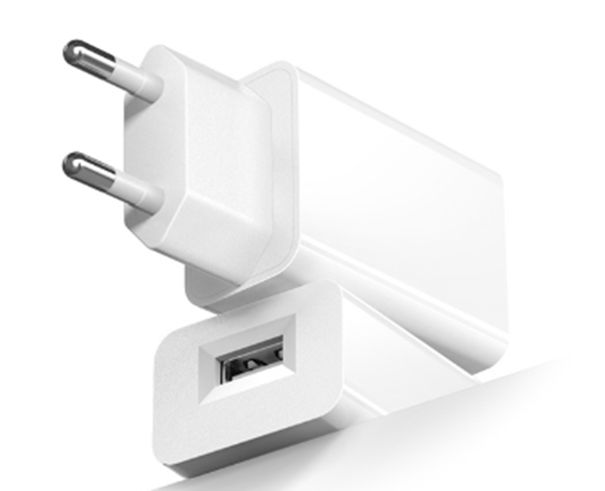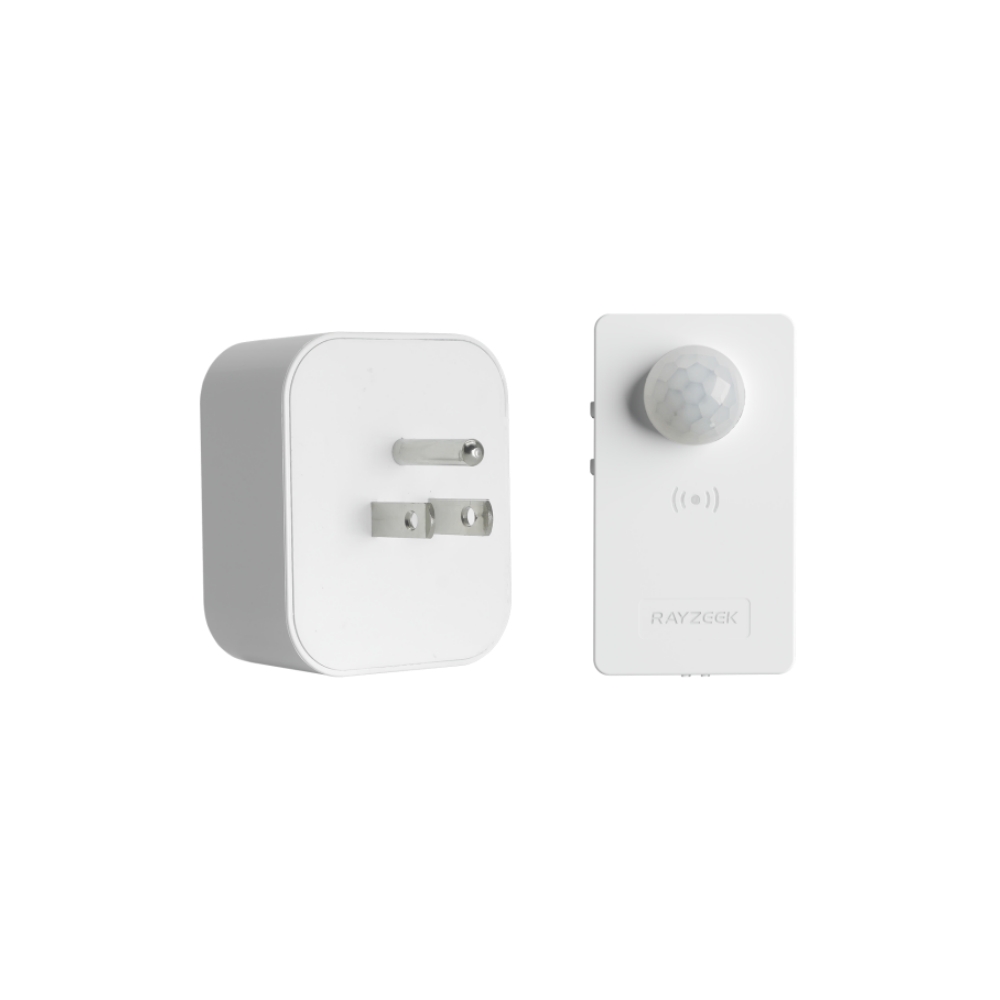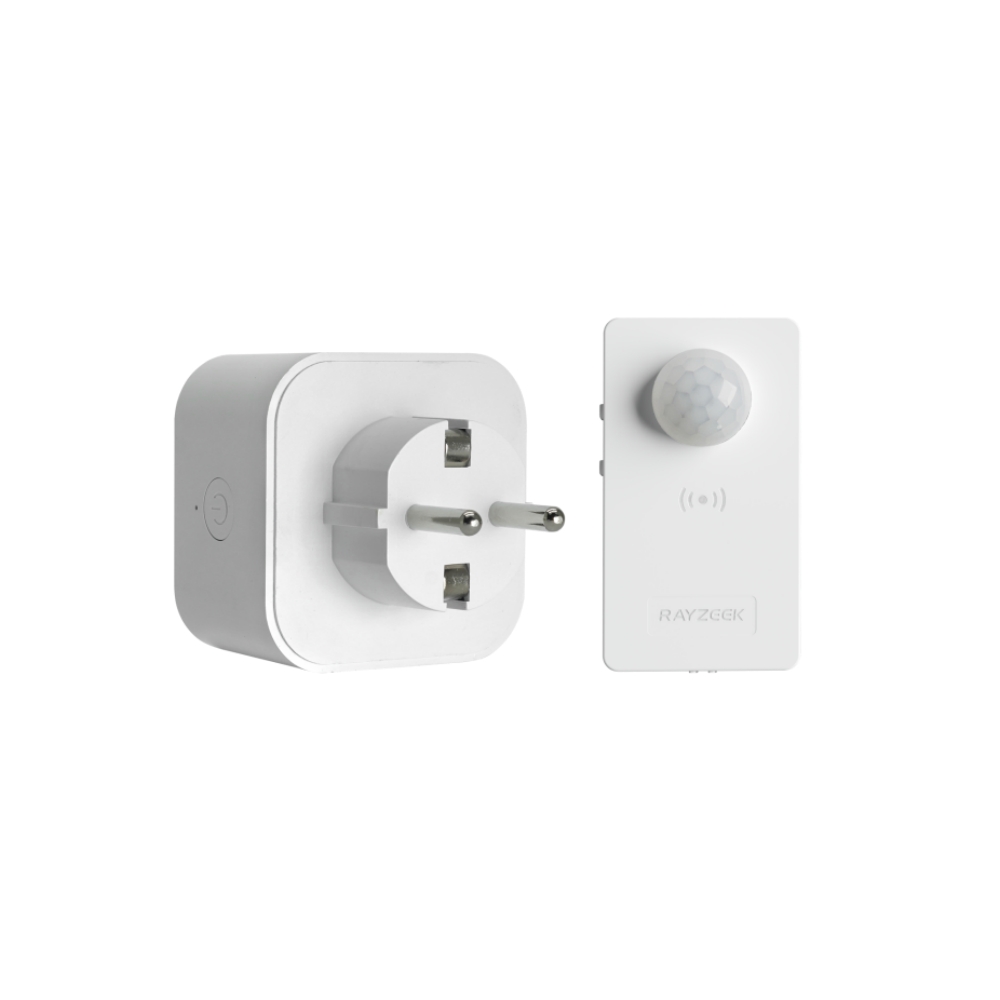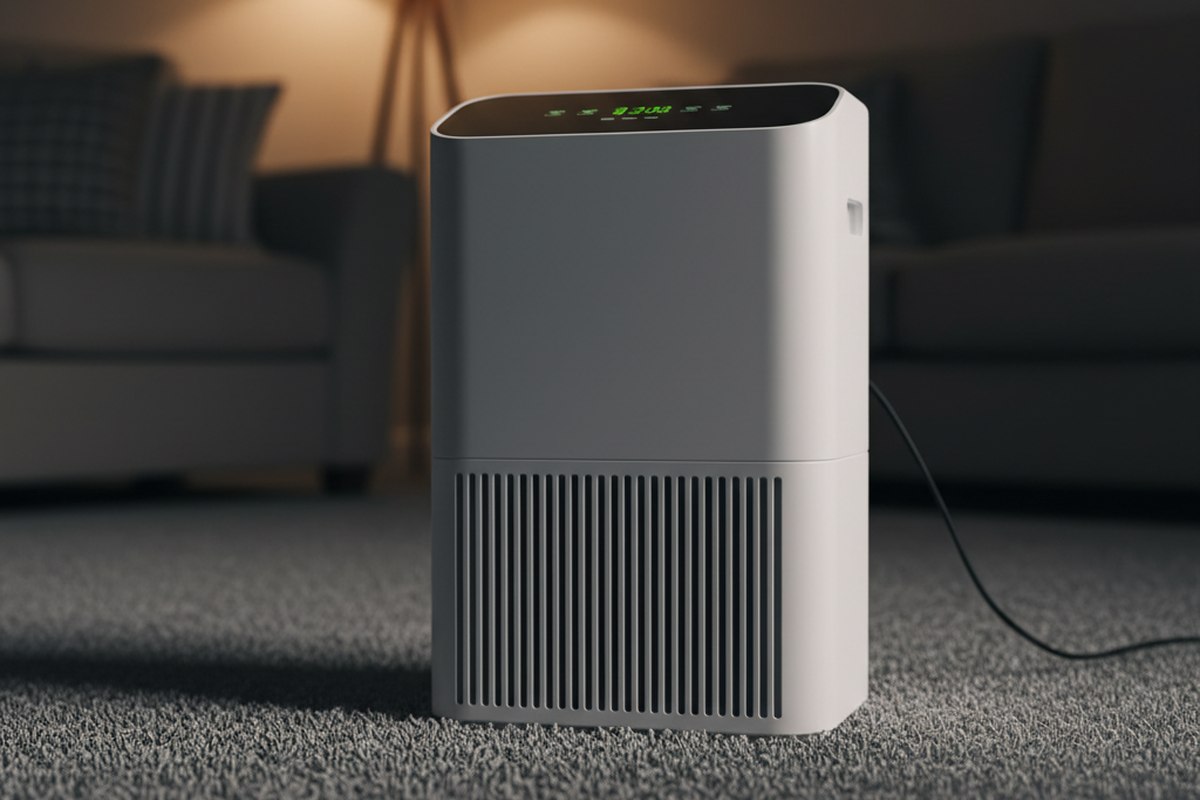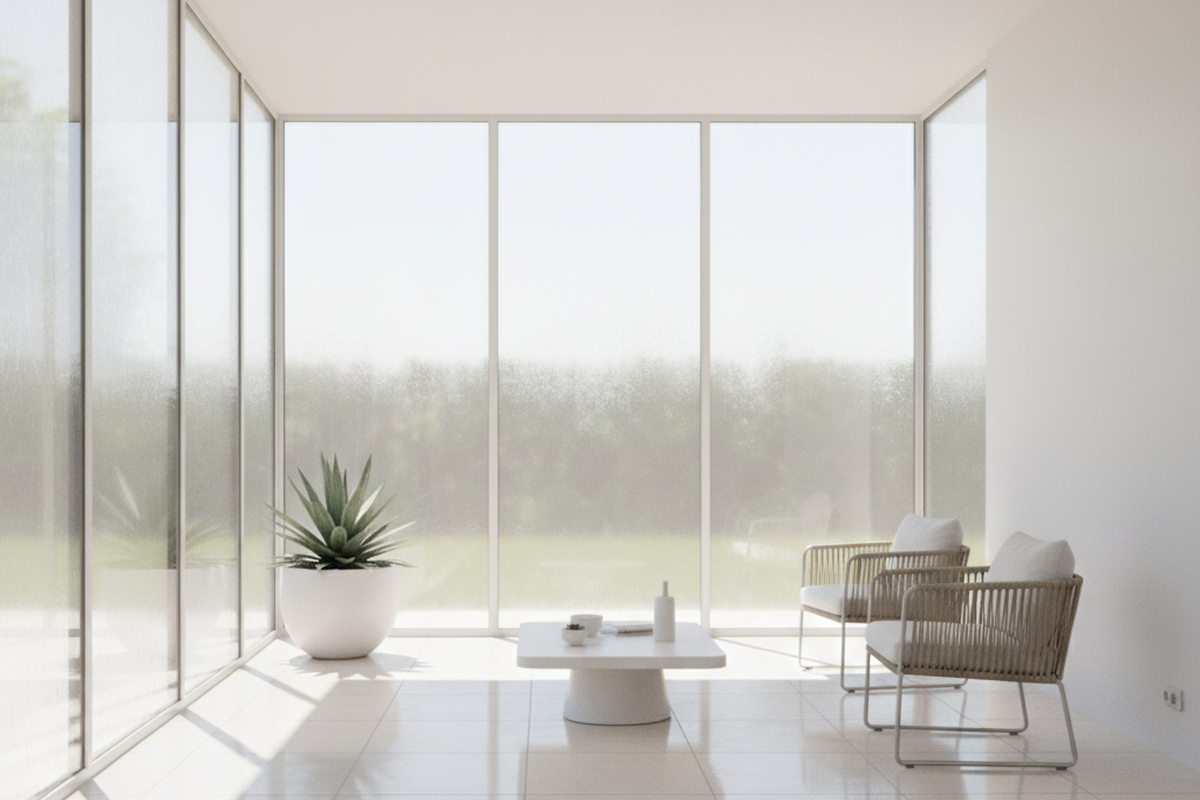Senzorii de ocupare și senzorii de spațiu liber sunt ambii concepuți pentru a controla automat iluminatul, ducând la economii de energie și confort. Cu toate acestea, ele diferă în ceea ce privește modul în care funcționează și unde sunt cele mai eficiente. Acest articol va detalia distincțiile de bază dintre aceste două tipuri de senzori, ajutându-vă să înțelegeți care este cel mai potrivit pentru diverse aplicații.
- Ce sunt senzorii de ocupare și de neocupare
- Diferențe între senzorii de ocupare și cei de loc liber
- Tipuri de tehnologii de senzori
- Aplicații
- Eficiență energetică și conformitate
Ce sunt senzorii de ocupare și de neocupare
Senzorii de ocupare și de spațiu liber sunt dispozitive concepute pentru a spori eficiența energetică și confortul în diverse medii prin controlul automat al iluminatului în funcție de prezența sau absența persoanelor dintr-un spațiu. Deși ambele tipuri de senzori au scopuri similare, acestea diferă în ceea ce privește metodele de activare și funcționalitățile specifice.
Senzorii de ocupare sunt dispozitive care aprind automat luminile atunci când se detectează mișcare și le sting după un anumit timp fără mișcare. Acești senzori utilizează diverse tehnologii, cum ar fi infraroșu pasiv (PIR), ultrasunete sau tehnologie dublă, pentru a detecta prezența persoanelor într-o cameră. Atunci când un ocupant intră în spațiu, senzorul declanșează aprinderea luminilor, asigurând iluminarea imediată. După o perioadă predeterminată fără mișcare, senzorul va stinge automat luminile, economisind energie atunci când spațiul este neocupat.
Senzorii de spațiu liber necesită activare manuală pentru a aprinde luminile, dar le sting automat după un anumit timp fără mișcare. Spre deosebire de senzorii de ocupare, senzorii de spațiu liber nu activează automat iluminatul atunci când cineva intră în cameră. În schimb, ocupantul trebuie să aprindă manual luminile folosind un întrerupător sau alt dispozitiv de control. Odată ce camera este eliberată și nu este detectată nicio mișcare pentru o perioadă specificată, senzorul va stinge automat luminile.
Inspiră-te din portofoliile senzorilor de mișcare Rayzeek.
Nu găsești ceea ce vrei? Nu vă faceți griji. Există întotdeauna modalități alternative de a vă rezolva problemele. Poate că unul dintre portofoliile noastre vă poate ajuta.
Diferențe între senzorii de ocupare și cei de loc liber
Principala diferență dintre senzorii de ocupare și cei de spațiu liber constă în metodele lor de activare. Senzorii de ocupare aprind automat luminile atunci când este detectată mișcare, oferind o experiență fără mâini. Atunci când cineva intră în cameră, senzorul îi detectează prezența și activează iluminatul. Această activare automată este deosebit de convenabilă în zonele cu trafic intens sau în spațiile în care comutarea manuală poate fi incomodă sau nepractică.
În schimb, senzorii de spațiu liber necesită activarea manuală a luminilor. Ocupantul trebuie să aprindă fizic luminile folosind un întrerupător sau un dispozitiv de control atunci când intră în cameră. Acest control manual permite utilizatorilor să decidă dacă iluminatul artificial este necesar în funcție de preferințele lor și de disponibilitatea luminii naturale. Senzorii de spațiu liber sunt ideali pentru spațiile în care ocupanții preferă să aibă control asupra iluminatului, cum ar fi birourile private sau dormitoarele.
Senzorii de locuri libere sunt, în general, considerați mai eficienți din punct de vedere energetic. Solicitând activarea manuală, senzorii de spații libere previn activările false cauzate de trecerea mișcării sau de alte declanșatoare, asigurându-se că luminile sunt aprinse doar atunci când este necesar în mod intenționat. Acest control manual ajută la minimizarea consumului inutil de energie.
În ceea ce privește cazurile de utilizare, senzorii de ocupare sunt potriviți pentru zonele cu trafic intens în care este de dorit activarea automată, cum ar fi holurile, intrările și toaletele publice. Acești senzori oferă confort și asigură că luminile sunt disponibile atunci când este necesar. Pe de altă parte, senzorii de spațiu liber sunt ideali pentru spațiile în care se preferă controlul manual, cum ar fi birourile private, sălile de conferințe sau dormitoarele. Acestea permit ocupanților să aibă un control mai mare asupra mediului lor de iluminat, beneficiind în același timp de caracteristicile de economisire a energiei ale opririi automate.
Tipuri de tehnologii de senzori
Senzorii de ocupare și de spațiu liber se bazează pe diverse tehnologii de senzori pentru a detecta prezența sau absența persoanelor într-un spațiu. Aceste tehnologii diferă în ceea ce privește metodele de detectare, sensibilitatea și zonele de acoperire.
Senzori pasivi cu infraroșu
Senzorii pasivi în infraroșu (PIR) sunt cel mai comun tip de tehnologie de detectare a mișcării utilizată în senzorii de ocupare și de loc vacant. Senzorii PIR detectează schimbările în radiațiile infraroșii emise de obiectele în mișcare, cum ar fi căldura generată de corpul uman. Atunci când o persoană intră în câmpul vizual al senzorului, senzorul detectează modificarea energiei în infraroșu și declanșează iluminatul sau alte dispozitive conectate.
Senzorii PIR sunt relativ ieftini și au un consum redus de energie, ceea ce îi face o soluție rentabilă pentru multe aplicații. Ei sunt deosebit de eficienți în detectarea mișcărilor majore, cum ar fi intrarea unei persoane într-o cameră. Cu toate acestea, senzorii PIR au unele limitări. Ei au nevoie de o linie vizuală directă pentru a detecta mișcarea, ceea ce înseamnă că obstacolele sau pereții despărțitori pot obstrucționa acoperirea lor. În plus, senzorii PIR pot fi predispuși la declanșări false în cazul în care ocupantul rămâne nemișcat pentru o perioadă îndelungată, deoarece senzorul poate să nu detecteze mișcările subtile asociate cu activitățile staționare.
Senzori cu ultrasunete
Senzorii cu ultrasunete utilizează unde sonore de înaltă frecvență pentru a detecta mișcarea într-un spațiu. Acești senzori emit unde ultrasonice și măsoară timpul necesar pentru ca undele să ricoșeze. Atunci când un ocupant se mișcă în raza de acțiune a senzorului, undele sonore sunt reflectate la o frecvență diferită, indicând prezența mișcării.
Căutați soluții de economisire a energiei activate prin mișcare?
Contactați-ne pentru senzori de mișcare PIR complecși, produse de economisire a energiei activate de mișcare, întrerupătoare cu senzor de mișcare și soluții comerciale de ocupare/vacanță.
Senzorii cu ultrasunete sunt extrem de sensibili și pot detecta chiar și mișcările minore, cum ar fi tastarea pe tastatură sau întoarcerea paginilor dintr-o carte. Aceștia pot detecta mișcarea în jurul colțurilor și prin obstacole, oferind o acoperire mai cuprinzătoare în comparație cu senzorii PIR. Cu toate acestea, senzorii cu ultrasunete au un consum de energie mai mare și pot fi mai sensibili la declanșări false provocate de mișcarea aerului sau de alți factori care nu țin de ocupant.
Senzori Dual-Tech
Senzorii dual-tech combină tehnologiile PIR și cu ultrasunete pentru a spori precizia și fiabilitatea detectării mișcării. Folosind simultan ambele metode de detectare, senzorii dual-tech pot minimiza declanșările false și pot îmbunătăți performanța generală.
Într-un senzor dual-tech, componenta PIR detectează mișcările majore, în timp ce componenta cu ultrasunete detectează mișcările minore. Senzorul necesită ambele tehnologii pentru a confirma gradul de ocupare înainte de a activa iluminatul sau dispozitivele conectate. Această combinație ajută la reducerea activărilor false cauzate de factori care nu țin de ocupant, cum ar fi curenții de aer sau obiectele în mișcare.
Senzorii cu tehnologie dublă oferă avantajele tehnologiilor PIR și cu ultrasunete, asigurând o acoperire completă și o precizie îmbunătățită, dar sunt mai scumpi decât senzorii cu o singură tehnologie din cauza integrării mai multor metode de detectare.
Poate sunteți interesat de
Aplicații
Senzorii de ocupare și de loc vacant își găsesc aplicațiile într-o gamă largă de medii, fiecare cu cerințe și considerente specifice. Înțelegerea cazurilor ideale de utilizare pentru fiecare tip de senzor ajută la selectarea celei mai potrivite soluții pentru un anumit spațiu.
Aplicații ideale pentru senzorii de ocupare
Senzorii de ocupare sunt potriviți pentru zonele cu trafic intens în care este de dorit activarea automată a iluminatului. Unele aplicații comune includ:
- Holuri și intrări: Senzorii de ocupare asigură aprinderea automată a luminilor atunci când cineva intră în spațiu, oferind iluminare imediată și sporind siguranța.
- Toalete publice: Activarea automată a iluminatului în toalete îmbunătățește igiena prin reducerea nevoii de comutare manuală și asigură că luminile nu sunt lăsate aprinse inutil.
- Săli de conferință și spații de întâlnire: Senzorii de ocupare pot aprinde automat luminile atunci când oamenii intră în cameră, creând un mediu primitor și economisind energie atunci când spațiul este neocupat.
- Săli de clasă și facilități de formare: Controlul automat al iluminatului în spațiile educaționale ajută la menținerea unui mediu de învățare confortabil, minimizând în același timp risipa de energie.
- Zone de birouri deschise: Senzorii de ocupare pot controla iluminatul în spațiile de lucru comune, asigurându-se că luminile sunt aprinse doar atunci când este necesar și reducând consumul de energie în timpul perioadelor neocupate.
Aplicații ideale pentru senzorii de spațiu liber
Senzorii de spațiu liber sunt cei mai potriviți pentru spațiile în care se preferă controlul manual al iluminatului, iar ocupanții au o prezență mai previzibilă. Unele aplicații ideale includ:
- Birouri private: Senzorii de spațiu liber permit persoanelor să își controleze manual iluminatul în funcție de preferințele lor și de disponibilitatea luminii naturale, beneficiind în același timp de oprirea automată atunci când spațiul este neocupat.
- Dormitoare: Activarea manuală a iluminatului în dormitoare oferă ocupanților un control mai mare asupra mediului lor de somn, în timp ce funcția de stingere automată asigură că luminile nu sunt lăsate aprinse inutil.
- Băi: Senzorii de spațiu liber din băi permit utilizatorilor să activeze iluminatul în funcție de necesități, reducând risipa de energie și oferind o experiență mai personalizată.
- spații de depozitare și zone utilitare: Activarea manuală a iluminatului în aceste spații previne consumul inutil de energie, deoarece luminile sunt aprinse numai atunci când ocupanții le solicită în mod intenționat.
Eficiență energetică și conformitate
Senzorii de ocupare și de spațiu liber promovează eficiența energetică și asigură conformitatea cu codurile și standardele energetice ale clădirilor. Prin controlarea automată a iluminatului în funcție de ocupare sau de spațiul liber, acești senzori ajută la reducerea consumului de energie și contribuie la practicile durabile în construcții.
Economiile de energie realizate prin utilizarea senzorilor de ocupare și de spațiu liber pot fi semnificative. Conform Lawrence Berkeley National Laboratory, strategiile de control al iluminatului bazate pe ocupare pot duce la economii medii de energie pentru iluminat de 24%. Aceasta înseamnă că, prin punerea în aplicare a senzorilor de ocupare sau de spațiu liber, clădirile își pot reduce consumul de energie pentru iluminat cu aproape un sfert, ceea ce duce la economii substanțiale de costuri și beneficii pentru mediu.
De asemenea, acestea contribuie la respectarea codurilor și standardelor energetice ale clădirilor. Multe coduri energetice, cum ar fi Codul internațional de conservare a energiei (IECC) și ASHRAE 90.1, impun utilizarea comenzilor de oprire automată pentru iluminat în diferite tipuri de spații. Aceste coduri specifică timpul maxim de întârziere pentru senzorii de ocupare și impun utilizarea funcționării manuale sau parțiale în anumite aplicații. Respectarea codurilor energetice nu numai că asigură funcționarea eficientă a clădirilor, dar contribuie și la promovarea practicilor durabile și la reducerea impactului general al mediului construit asupra mediului.
Într-un studiu realizat de Departamentul de Comerț din Minnesota, instalarea senzorilor de ocupare într-o clădire mare de birouri a dus la o reducere cu 30% a consumului de energie pentru iluminat. În mod similar, un proiect de cercetare al Pacific Northwest National Laboratory a constatat că utilizarea senzorilor de ocupare într-o clădire universitară cu săli de clasă a condus la o reducere de 50% a consumului de energie pentru iluminat în timpul perioadelor neocupate.

